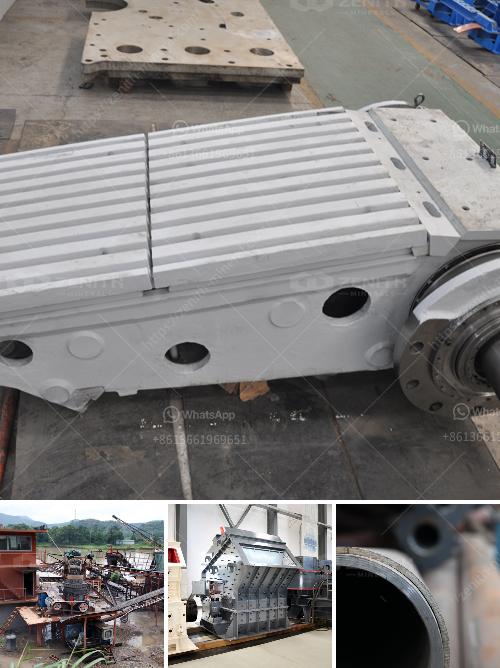When dealing with a crusher bearing heating issue, it’s essential to identify the underlying cause to implement an effective solution. Here are several steps you can take to diagnose and solve the problem:
-
Lubrication Check:
- Type and Quantity: Ensure you are using the correct type and amount of lubricant. Incorrect lubrication can cause overheating.
- Contaminants: Check for contaminants in the lubricant which could affect performance.
- Lubrication System: Make sure the lubrication system is working properly, including pumps and injectors.
-
Bearing Fit and Alignment:
- Installation: Incorrect installation can cause misalignment leading to friction and heat. Ensure the bearing is installed correctly.
- Bearing Fit: Check the fit on the shaft and housing to ensure it’s neither too tight nor too loose.
-
Load Analysis:
- Overloading: Ensure the crusher is not being overloaded beyond its capacity. Excessive load can cause the bearing to overheat.
- Balance: Imbalance in the rotor can lead to uneven loads on the bearings.
-
Bearing Condition:
- Wear and Tear: Inspect for any signs of wear, pitting, or damage on the bearing surfaces.
- Replacement: If the bearing is worn or damaged, it may need to be replaced.
-
Environmental Factors:
- Cooling System: Ensure the cooling system is functioning properly. Crushers often have cooling systems to prevent overheating.
- Operating Environment: High ambient temperatures can contribute to bearing heating. Check if the machine is operating in a particularly hot environment.
-
Vibration Analysis:
- Excessive Vibration: Excessive vibration can cause bearings to overheat. Use vibration analysis tools to diagnose and correct any issues.
-
Regular Maintenance:
- Scheduled Checks: Implement a regular maintenance schedule to check bearings and lubrication.
- Record Keeping: Keep detailed records of maintenance and operational parameters to quickly identify trends or recurring issues.
Addressing these aspects systematically should help identify the root cause of the heating issue and guide you toward an appropriate solution. If the problem persists, consulting with a specialist or the manufacturer might be necessary for more detailed diagnostics and recommendations.

